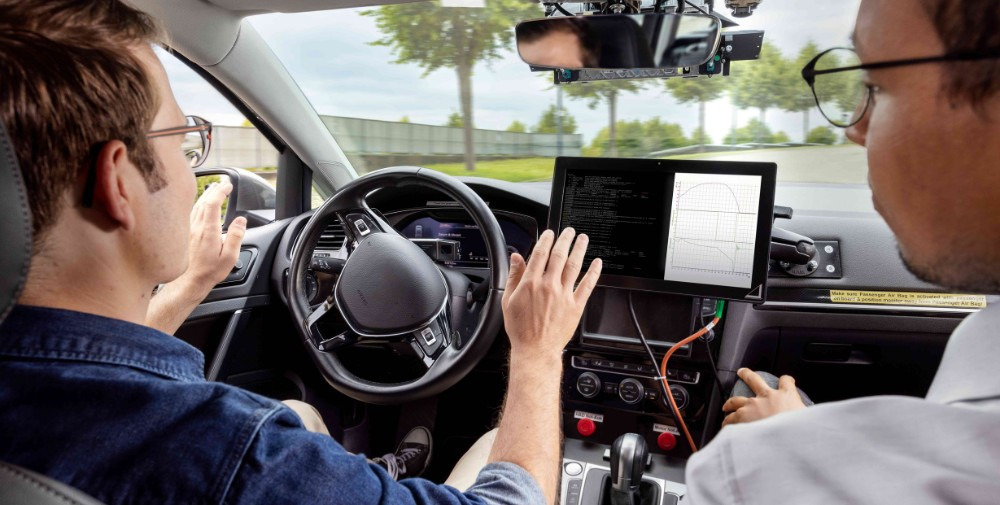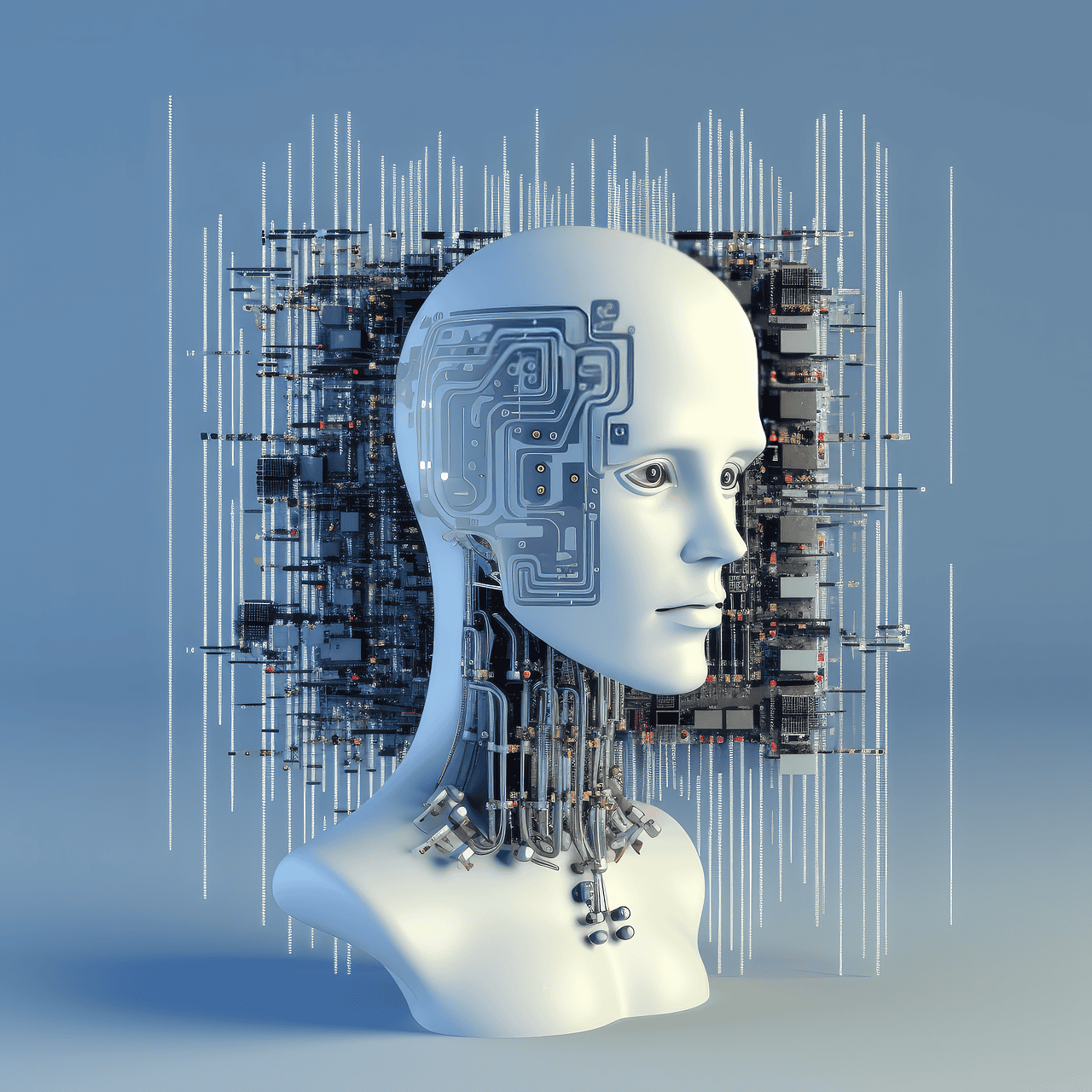Sales at the Mobility business sector are expected to increase by a good ten percent in 2023 after adjusting for foreign exchange. This includes price effects, but also strong volume growth. “Bosch can do software and is shaping the future of mobility with it. With our technology, we are realizing the software-defined vehicle and helping to bring it to the roads,” said Dr. Stefan Hartung, chairman of the Bosch board of management, on the occasion of the IAA Mobility 2023 in Munich.
“In the software-defined future of mobility, the interaction of software from various sources will be particularly important in addition to hardware,” Hartung continued. Bosch is positioning itself more than ever as the software house of mobility, while at the same time pushing ahead with the further development of its hardware competencies. To this end, the company is strengthening collaboration across divisional boundaries with the new organization of the Mobility business sector from January 1, 2024. Bosch employs 38,000 software developers in its Mobility division alone – more than any other company in the automotive sector.
Bosch software makes mobility more sustainable and safer
Software-defined vehicles require a new centralized IT and electronics architecture. Bosch is one of the few companies to develop this architecture end-to-end and to master the interplay between automotive electronics and the cloud. The company offers software that runs independently of hardware on chips from different manufacturers. This enables, for example, special middleware for driver assistance and automated driving systems. It helps to decouple software and hardware. Vehicles that are conceived and developed from the perspective of software enable drivers to have an individual, digital driving experience. New functions, such as for driver assistance, come to the car “over the air” via software updates. “We have become accustomed to constant updates on our smart devices. Cars should also be able to receive new functions at any time, regardless of facelifts and model changes. With Bosch and our automotive software solutions, cars can do more,” says Dr. Markus Heyn, Bosch board of management member and chairman of the Mobility business sector. “After all, software is the key to enhancing comfort and sustainability,” says Heyn. In e-cars, for example, software supports networked energy and thermal management, reducing battery charging time by up to 20 percent.
The electromobility business is developing well for Bosch. The company is on track to generate six billion euros in sales with it in 2026. Last year, Bosch was already able to increase the production of components for e-cars by a good 50 percent, and in 2023 the production of e-motors alone will double. Bosch software also plays a key role in electromobility, for example in automated battery recycling systems. Software can not only identify the origin and condition of batteries, it also enables battery packs to be dismantled quickly and safely by guiding them through the process steps.
New control concept independent of any hardware
The fact that hardware and software development are decoupling on the one hand and driving each other forward on the other is particularly evident in modern accident protection systems such as the new ESP generation. The key innovation here is a new control concept: “Vehicle Dynamics Control 2.0.” The software not only accesses the braking system, but also the electric drive and the electric steering. This offers drivers greater safety, for example through less countersteering and shorter braking distances. The highlight for automakers is that the new control system can be integrated into central vehicle computers as well as into the ESP control unit and will also be available in the future as a stand-alone software package – independent of any hardware. It will be part of the “Vehicle Motion Management” system. This is software that coordinates all vehicle movements by centrally controlling the brakes, steering, drive, and chassis.
Bosch industrial technology along the entire value chain
Bosch software is not only changing driving, but also vehicle production itself. For example, the company is securing automotive supply chains with the help of a track-and-trace solution. This enables the position and condition of transport boxes to be recorded in real time so that they can be tracked transparently and securely. In addition, the Industry 4.0 software Nexeed helps to significantly reduce scrap in battery cell factories from the current ten to 15 percent. In addition, Bosch can use artificial intelligence (AI) to identify anomalies and errors in automotive production at an early stage, thereby reducing manufacturing costs. Bosch already has corresponding AI software in use at 50 of its own plants – for example, manufacturing costs at the Turkish location in Bursa have fallen significantly thanks to the software.
Further links
👉 www.bosch.de



